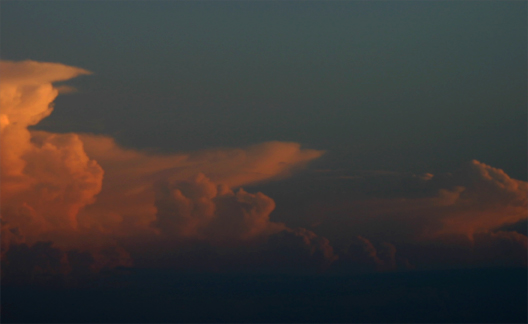Ozark History
by Joshua Heston
Don’t forget. Don’t forget the history beneath your feet; beneath your parking lot.
The Ozarks have always been a crossroads.
These hills were the home of the Caddo and the Osage.
The Ozarks became a place of legend when Spanish conquistadors came to the hills. Stories of buried silver mines, lost loves, and secret caves hidden in the pines and oak came and passed into history.
As the Great American West opened up to settlers, the Ozarks again became a crossroads. The Old Wilderness Road became the “Wire Road” (as the new-fangled telegraph was strung between Missouri and Arkansas).
The Butterfield Stage began making regular stops.
These hills, with a geography stretched from across the piney woods of Texas, the great plains of Kansas, and the Midwestern industry of St. Louis, were a crossroads of Western expansion.
The War Between the States brought suffering, deprivation, destruction.
It brought death.
After the war, the Ozarks were a no-man’s land where bushwhackers — and later bald knobbers — routinely murdered those in their way.
The hills were no longer a crossroads, but a place of danger and desolation.
Law and safety slowly returned to the Ozarks, brought about in part by the influence of preachers and the establishment of churches. In time, the Ozarks became known as a place of craftsmanship, music, and old-fashioned values.
But don’t forget. Don’t forget there is a rich, and sometimes very bloody history, right under your nose.
Don’t forget the Ozarks are a crossroads of legend and history. Don’t forget there’s backbone, grit and faith here to sustain through good times and bad. And don’t forget the talent, the patience and the faith that made these hills a place worth visiting today.
A family-friendly Las Vegas? A Midwestern vacation destination?
Hardly. Don’t insult the heart and soul of what made these hills. And don’t lose the very thing that draws others to them.


